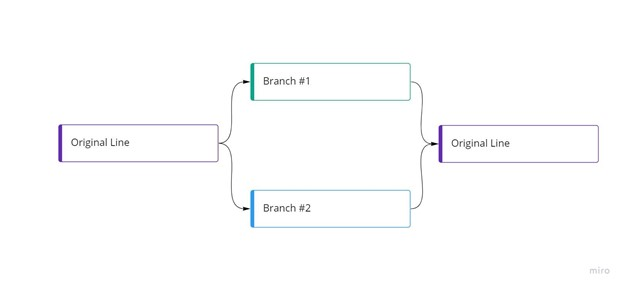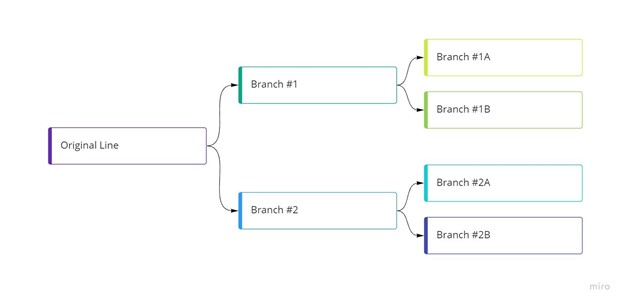ATD Blog
Engaging Digital Learners Through Branching
Tue Mar 22 2022

Growth is an iterative process; we see that in the legacy systems that persist. For instance, our road width is the result of the two-horse carriage, and centralized banks came about because of financial practices during the Renaissance. Such examples abound in our daily lives, often without us even noticing.
In online training, linear processing is a carry-over from in-person training experiences, which are linear by necessity. We cannot break a single action into multiple paths or timelines in the real world (although Marvel fans and quantum physicists may disagree). Digital content offers the flexibility to provide personalized paths to learners. Designers can apply the concept of branching to create not only personalized learning paths but also adaptive content, life-like exercises, and responsive interactions.
What Is Branching?
Like a story or a flowchart (or a tree), branching in e-learning is when a line of content splits into two or more paths. At its most basic, custom feedback in knowledge checks is an example of branching. A correct answer provides learners with a different response from an incorrect answer.
This video explains the benefits of branching in learning:
Branching Definitions
Convergent branching occurs when different paths in a learning scenario return to the original line of content. This allows designers to move learners along a single route, while adding opportunities for different experiences along the way, which allows subsequent development to be more easily managed.

Divergent branching design is when each branch divides into multiple paths and does not come back together. It best simulates real-life case studies and situations. This approach can quickly get out of hand, so it needs to be carefully developed by an experienced team.

In most cases, a learner’s path is based on their actions, but branching does not necessarily rely on action.
Branching logic refers to the triggers available based on environmental factors, such as the learner’s user id, role, department, score on a previous quiz, courses taken, and more. Branching logic can even be completely random—for example, to conduct an A/B test.
Why Use Branching?
Branching allows digital learning designers to consider multiple possibilities when creating learning experiences. Using the best features of an asynchronous experience, they can build a unique experience for each of their learners.
Creating branched e-learning is more complex than building a linear experience. But when done well, it empowers and engages your learners because their time, prior knowledge, and needs are met and respected.
Most training experiences are one size fits all. In instructor-led training (ILT), experienced teachers can pivot and tweak their content based on audience feedback, but e-learning does not afford that luxury. Branching allows the digital learning experience to be personalized, increasing the learner’s engagement and retention.
For a deeper dive, check out my on-demand session during the ATD 2022 International Conference & EXPO, “Branched E-Learning: 4 Ways to Really Cater to Your Learner."
You've Reached ATD Member-only Content
Become an ATD member to continue
Already a member?Sign In
